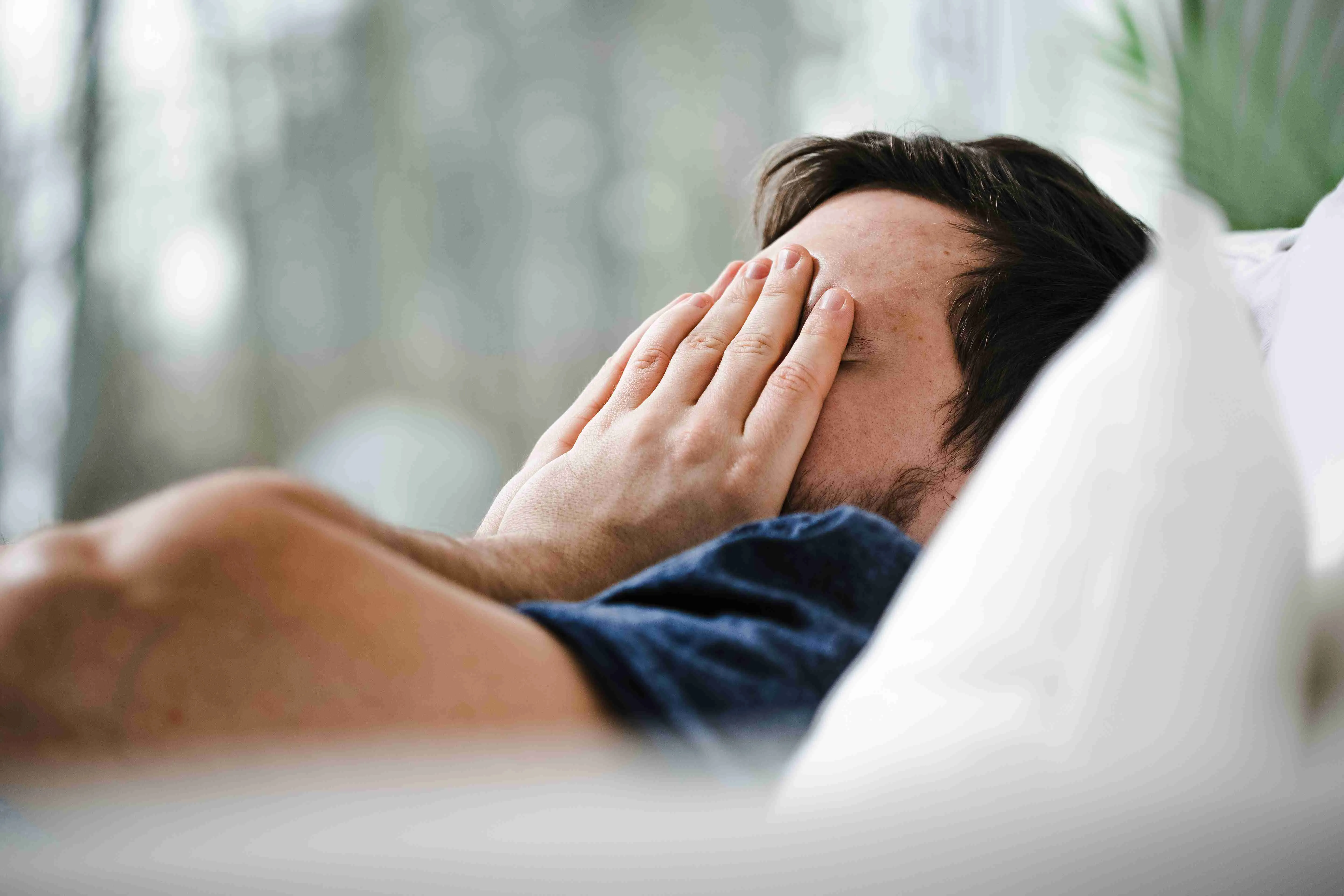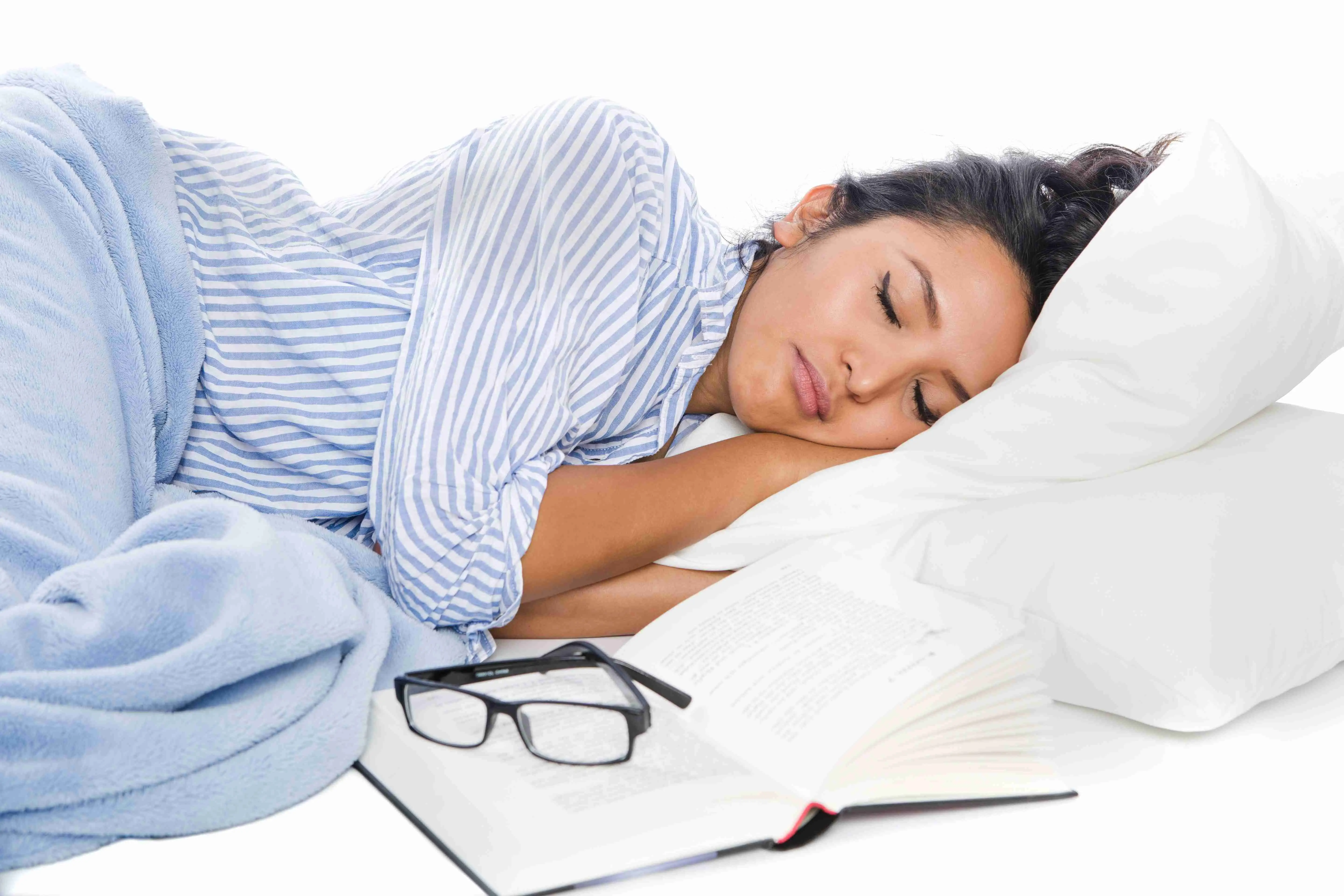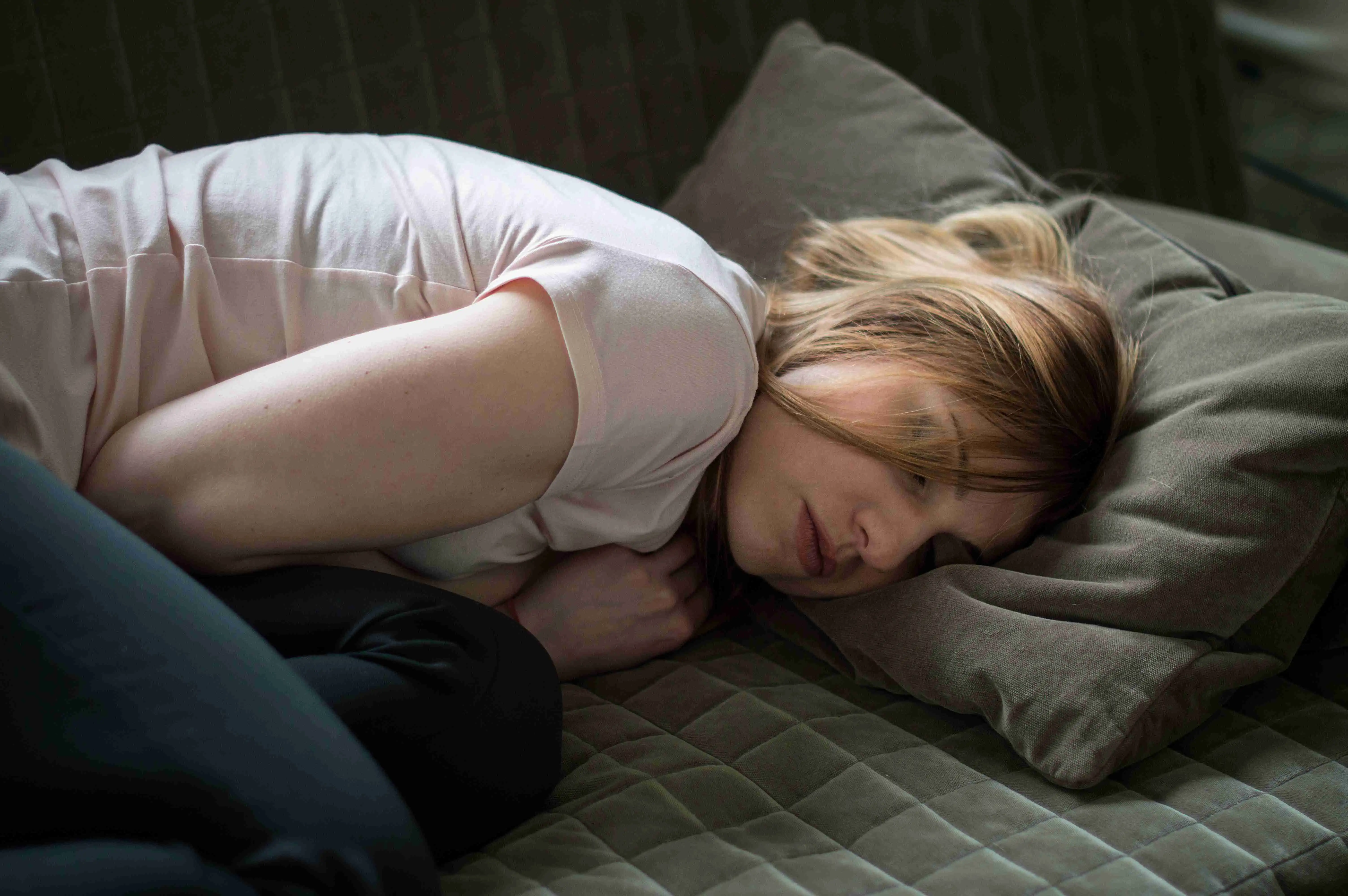Sleep is vital to physical health, mental health, and quality of life. However, for many, chronic pain can make it challenging to obtain restful rest. Arthritis, fibromyalgia, and back pain are some of the conditions that may cause difficulty falling asleep or remaining asleep, which in turn intensifies the pain. It becomes a cycle in which lack of sleep worsens pain and more pain makes it even more difficult to sleep.
In this article, we will explore painsomnia, a condition where chronic pain disrupts sleep, affecting physical health and daily functioning. We will cover its symptoms, and common causes, and provide practical advice on managing pain and sleep disturbances, helping you break the cycle and improve your well-being.
What is Painsomnia?

Painsomnia is the insomnia that occurs due to chronic pain. It is a condition where the occurrence of pain prevents individuals from falling asleep or staying asleep, causing disturbed sleep patterns. Painsomnia is different from regular insomnia since it is directly associated with the intensity and nature of the pain one experiences. It can occur with different conditions like arthritis, fibromyalgia, and back pain, all of which present specific challenges in attempting to sleep.
In addition to making it difficult to sleep, painsomnia also worsens the pain experience since poor quality sleep increases pain sensitivity, creating a vicious cycle. Lack of restorative sleep also affects one's physical health, resulting in fatigue, weakened immune systems, and poor concentration.
Recognizing the Symptoms of Painsomnia
Recognizing the symptoms of painsomnia can help in the early diagnosis of the condition and initiate measures toward resolving both the pain and the sleep problem. If you notice any of the following, it could be an indication that chronic pain is impacting your sleep:
- Difficulty Falling Asleep: The discomfort of pain makes relaxing hard, and it prevents you from sleeping even when you're exhausted. This can extend the duration of time spent lying awake in bed.
- Frequent Waking: Pain wakes individuals up multiple times during the night, preventing a full, uninterrupted rest cycle, which further triggers feelings of fatigue.
- Fatigue: Chronic pain and inadequate sleep lead to persistent daytime fatigue. You may be worn out and lack the energy to perform daily tasks, which can negatively affect your personal and professional life.
- Mood Changes: The combination of chronic pain and sleep deprivation can lead to irritability, mood swings, and even symptoms of depression or anxiety, which affect overall emotional well-being.
How Painsomnia Disrupts the Sleep Cycle
Painsomnia not only disrupts the amount of sleep an individual gets, but it also disturbs the quality and patterns of sleep itself. Chronic pain undermines the body's ability to reach deeper, restorative stages of sleep, which are needed for physical and mental recovery. This is how painsomnia disrupts the natural sleep cycle:
Difficulty Falling Asleep Due to increased Pain Sensitivity
Pain, especially chronic pain, makes the body more sensitive to discomfort. This heightened sensitivity can make it difficult to relax and sleep. When your body is in pain, even minor sensations are magnified, and it becomes harder to get comfortable.
This typically results in long periods of restlessness, where you will be tossing and turning, unable to get settled into sleep. Over time, the frustration of sleeplessness and ongoing pain only worsens both conditions.
Frequent Nighttime Awakenings
Pain disrupts falling asleep and leads to frequent awakenings during the night. As the intensity of the pain fluctuates or worsens during sleep, you will wake up repeatedly.
These interruptions prevent you from reaching the deeper phases of sleep, such as REM sleep, which is important for cognitive functions like memory and emotional well-being. Not getting sufficient amounts of this restorative sleep can result in the feeling of not being rested, regardless of how long you sleep.
Morning Stiffness and Fatigue
Inadequate quality sleep caused by painsomnia leads to morning stiffness and fatigue. Sleep is vital for cellular repair and recovery, especially for the affected muscles and joints of chronic pain.
If restorative sleep is disrupted, the body does not receive the time it needs to repair itself, resulting in stiffness and pain that can make the morning worse. Fatigue becomes a constant companion, as the body is never fully recharged after a poor night’s sleep. This creates reduced energy levels, which further increase both pain and mental fatigue throughout the day.
Common Causes of Painsomnia

Painsomnia is usually associated with various chronic pain conditions. Not only do these conditions cause continuous discomfort, but they also disrupt the body's natural sleep cycle. The following are some of the most common causes:
Endometriosis
Endometriosis happens when tissue that is similar to the lining of the uterus grows outside the uterus, often causing severe pelvic pain, particularly during menstruation. The pain can be constant or cramping and typically gets worse at night, making it difficult to become comfortable enough to fall asleep. The resulting pain can make it difficult to fall asleep or wake up an individual in the middle of the night.
Peripheral Neuropathy
Peripheral neuropathy occurs when the peripheral nerves, which transmit signals between the body and brain, are damaged. Peripheral neuropathy can cause burning, tingling, and shooting pain, typically in the hands and feet. The pain typically worsens at night, and individuals with peripheral neuropathy may experience disturbed sleep due to heightened pain sensitivity. The pain can disrupt sleep and exacerbate fatigue.
Fibromyalgia
Fibromyalgia is characterized by widespread musculoskeletal pain, fatigue, and sleep disturbance. Fibromyalgia patients are sensitive to pain, and even mild pressure on the body can cause discomfort. Pain and discomfort can make it extremely difficult to fall asleep or stay asleep, leading to extreme sleep deprivation. Sleep deprivation, in turn, worsens the levels of pain, creating a vicious cycle.
Arthritis
Arthritis is a group of diseases with symptoms including inflammation and pain in the joints, which may significantly interfere with sleep patterns. The pain related to arthritis is usually worse at night and can make it difficult to find a resting posture. This may lead to frequent nocturnal awakenings and overall reduced quality sleep, thus increasing pain levels the following day. The major arthritis types that negatively influence sleep are:
- Axial Spondyloarthritis: Axial spondyloarthritis is a type of inflammatory arthritis that primarily affects the spine and the sacroiliac joints. The symptoms include lower back and hip pain and stiffness. These conditions will typically worsen at night and disrupt sleep. Individuals may also be unable to get comfortable or experience severe pain when trying to change positions while sleeping, thereby disrupting their sleep and quality of life.
- Osteoarthritis: Osteoarthritis is the most common form of arthritis and typically affects joints in the hands, knees, hips, and spine. Osteoarthritis pain is typically worse at night since there is less movement and a lack of distraction. When cartilage deteriorates, bones rub against each other, causing pain and inflammation. The pain can be so severe that it interferes with sleep, waking a person repeatedly throughout the night and making it difficult to find a comfortable position.
- Rheumatoid Arthritis: Rheumatoid arthritis (RA) is an autoimmune disorder that leads to joint inflammation, producing pain, swelling, and stiffness. Pain is usually more severe in the morning and nighttime, as the body is resting and inflammation worsens. For individuals with RA, sleep disturbances are common since pain exacerbations make it difficult to rest and get enough restorative sleep. Sleep deprivation, combined with persistent pain, creates a challenging cycle that significantly impacts quality of life.
Check out the Best Mattresses for Arthritis and Joint Pain Relief.
Poor Sleeping Position
Your sleeping position directly influences both your pain intensity and your sleep quality. Having back or neck pain makes back and side sleeping positions more likely to intensify your discomfort. Sleeping positions that create pressure on affected body parts typically worsen the nighttime pain experience and reduce both your ability to fall asleep and maintain sleep duration.
Proper sleep positioning stands as the critical element for both pain management and achieving better restful sleep.
Unsupportive Mattress
A mattress that fails to offer support can worsen chronic pain. For instance, a very soft mattress can fail to provide proper support for the spine, while a very firm mattress can put pressure on some parts of the body, causing discomfort.
A non-supportive mattress can interfere with sleep by causing or aggravating pain in the back, shoulders, and hips, making restful sleep hard to obtain. Selecting the appropriate mattress is critical to controlling both pain and sleep.
Strategies to Manage Painsomnia and Improve Sleep

Managing painsomnia requires an approach that addresses both the pain and the sleep disturbances. Below are strategies to help break the cycle of poor sleep and chronic pain, making it easier to rest and heal. The following techniques aim to improve both your physical health and the quality of your sleep.
Sleep and Lifestyle Tips
Simple lifestyle changes and sleep habits can play a significant role in improving sleep quality:
- Creating a Pain-Friendly Sleep Routine: Sleeping and waking up at the same time daily regulates your internal clock, making it easy to fall asleep. Additionally, developing a pre-sleep routine that includes relaxing activities may signal the body that it is time to relax. This can include reading, stretching, or practicing relaxation techniques to prepare your body and mind for sleep.
- Optimizing Your Sleep Environment for Pain Relief: Ensure your bedroom is quiet, dark, and cool to ensure the quality of your sleep improves. Invest in a good mattress and pillows that allow your body to rest in a neutral position. For example, a bed that supports your back properly and a pillow that keeps your neck in the correct position can aid in pain reduction and discomfort prevention while sleeping. In addition, the use of heat or cold packs in your sleep environment can also aid in pain relief.
- Avoid Tossing and Turning: If you cannot sleep after 20 minutes of lying down, it is better to leave the bedroom and do something relaxing until you are sleepy and tired. This avoids associating the bedroom with frustration, which will make it even harder to sleep.
- Limit Screen Time: Blue light from phones, computers, and televisions may interfere with your sleeping ability. Avoid these at least an hour before bedtime. Learn more about How Electronics Affect Sleep.
- Exercise Regularly: Regular exercise can help make falling asleep easier and improve the quality of your sleep. But don't exercise close to bedtime since it will keep you active and make it harder for you to relax. Learn more about the Best Time to Exercise for Better Sleep.
- Mind Your Eating Habits: Be mindful of what you eat and when. Especially in the hours leading up to bedtime, try to avoid caffeine and alcohol, which can interfere with sleep. Large meals and heavy snacks can also disrupt sleep, especially if they lead to discomfort or indigestion.
- Finding the Best Sleep Position: The proper sleeping position can reduce pressure on painful areas. For back pain, try sleeping on your side with a pillow between your knees to keep your spine aligned. For neck pain, sleep on your back with a pillow that supports your neck’s natural curve.
Managing Pain Before Bedtime
Treating pain before bedtime is necessary to prevent pain from interfering with falling asleep. Including a regular pain treatment that may involve the use of heating pads, applying topical analgesics, or taking pain medication can ease pain before bedtime.
It is also helpful to try relaxation techniques that alleviate muscle tension so sleep becomes more comfortable. More details are provided in the sections below.
Medical Treatments and Therapies
Medical treatments and therapies act directly to ease the sources of pain and improve sleep quality by providing immediate and long-term relief. Interventions could range from medications to therapies aimed at addressing the sources of pain, breaking the chain of pain and poor sleep.
- Pain Medications: Painkillers, whether available without a prescription or prescribed by a doctor, may relieve pain and enable sleeping. For persistent pain, however, medications such as NSAIDs or opioids may be required, though it is best to consult a healthcare professional for the ideal treatment to meet their specific needs.
- Physical or Occupational Therapy: Therapies that aim to strengthen muscles and enhance mobility can reduce pain over time. Physical therapy can direct exercises toward specific areas of pain, and occupational therapy can help you adjust your daily routines to avoid exacerbating pain.
- Acupuncture: Acupuncture has proven to be effective in alleviating pain through the stimulation of specific points in the body. The technique can be especially helpful for conditions like arthritis or fibromyalgia, where pain management is important to improving sleep.
- Massage Therapy: Massage therapy regularly can release muscle tension and increase circulation, enabling relaxation and pain relief. It is beneficial for those who experience muscle-related pain or fibromyalgia.
- Transcutaneous Electrical Nerve Stimulation (TENS): This therapy involves the use of electrical impulses that are placed on the skin to relieve pain. It is typically used for chronic pain conditions and can be especially helpful in managing the pain before bedtime.
- Cognitive-Behavioral Therapy for Insomnia (CBT-I): CBT-I is a structured therapy designed to modify the thoughts and behaviors that disrupt sleep. For those with painsomnia, this therapy can be employed to reduce anxiety about sleep and acquire skills for managing pain-induced sleep disturbances.
- Psychological Support: Counseling or therapy can also help individuals deal with the emotional problems of insomnia and chronic pain. Stress and pain coping skills may improve sleep and overall quality of life.
Relaxation Techniques
Relaxation techniques help calm the body and mind, relieving tension and stress that can cause pain and disrupt sleep. They can be incorporated with other therapies to create a calmer environment that is more suitable for deeper, more restorative sleep.
- Meditation: Meditation is a powerful way to calm the mind and reduce stress. Meditation can be especially helpful before bedtime, with the potential to reduce pain sensitivity and prepare your body for sleep. Other techniques like guided imagery or mindfulness can be used to reduce anxiety about pain and sleep.
- Progressive Muscle Relaxation: This technique involves tensing and relaxing different muscle groups in the body to relieve tension and cause relaxation. Starting at your feet and moving up to your head, relieves stiffness in muscles and eases discomfort before sleep.
FAQs
Is painsomnia a real thing?
Yes, painsomnia is a term used to describe sleep disturbance associated with chronic pain. Not an official medical diagnosis, but it is recognized as a significant condition that affects many individuals with persistent pain conditions.
What are painsomnia symptoms?
Common symptoms of painsomnia include difficulty falling asleep, frequent nighttime awakenings, daytime fatigue, and mood changes. These symptoms develop when chronic pain interferes with the ability to have restful sleep.
How do you treat painsomnia?
Treatment of painsomnia is a combination of pain management strategies and sleep improvement techniques. This can include medications, physical therapy, cognitive-behavioral therapy for insomnia, and lifestyle modifications meant to enhance quality sleep.
How can I sleep with unbearable pain?
To sleep with severe pain, try to establish a consistent sleeping schedule, optimize your sleeping environment, obtain comfortable sleeping positions, manage pain before going to bed, and employ relaxation techniques. Consulting a healthcare provider for customized approaches is also advisable.
Can you feel physical pain while dreaming?
While dreaming, particularly during REM sleep, the body experiences muscle atonia, or temporary paralysis, to prevent acting out dreams. However, individuals might still feel pain while dreaming, especially those with chronic pain disorders.
Conclusion
Painsomnia is a challenging and complex condition that directly affects physical health and sleep. Being aware of its symptoms, usual causes, and how it affects sleep allows you to take action to manage chronic pain and improve your quality of life.
A combination of lifestyle changes, pain management strategies, and relaxation techniques can disrupt the cycle of pain and poor sleep. Whether setting the right sleep routine, optimizing your sleeping environment, or seeking professional help for both pain and sleep disorders, taking control of your health is the first step toward better sleep and well-being.
If you are experiencing painsomnia, don't hesitate to consult a healthcare professional to find the best treatments for your case.
Dom Abraham
As the lead content writer at Sleepiverse. Dom pours his heart into writing mattress reviews, bedding product reviews, and medically-reviewed health articles. Dom is from Portugal and likes to spend his free time writing on the beach as it gives him a sense of comfort. Aside from writing mattress reviews in front of the soothing beach view, Dom likes to experiment with new amazing food ideas.


